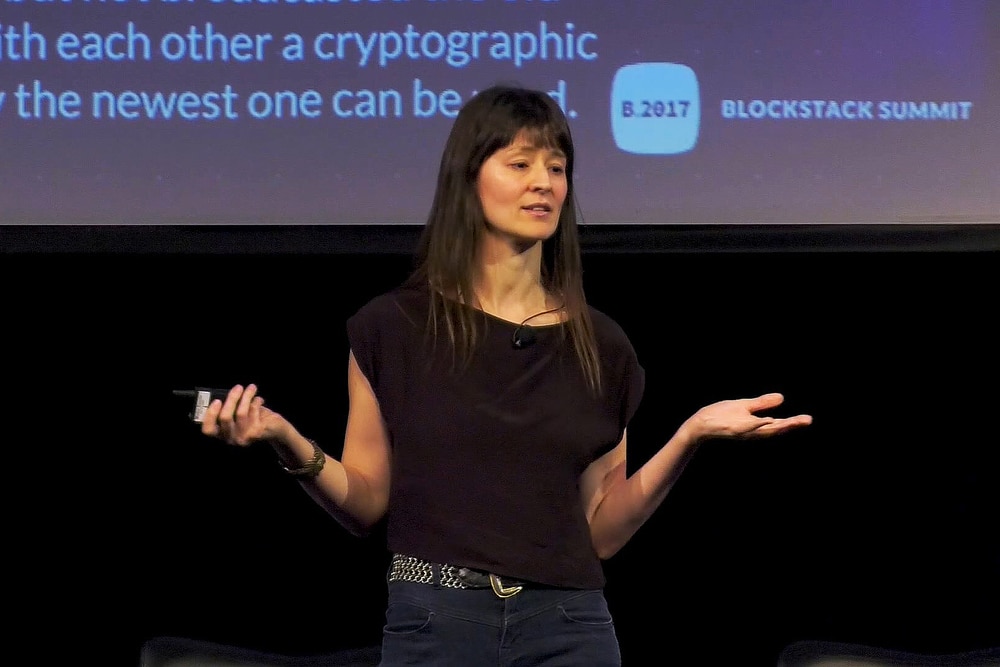
There has been a lot of interest surrounding the Lightning Network and its abilities to help solve Bitcoin’s scalability issues. Bitcoin users are in serious need of relief from the current transaction fees and time delays experienced, and many in the crypto community are looking to the Lightning Network as their saving grace. Let’s take a moment to examine this revolutionary protocol and how it came to be.
What is the Lightning Network?
The Lightning Network functions as a Layer 2 protocol that enables the opening of personal payment portals. These portals are able to send and receive unlimited transactions without bogging down the BTC blockchain.
This is accomplished by not sending data directly to the blockchain until the portal has been closed. This reduces BTC blockchain congestion significantly.
There are some inherent issues with this layout that must be addressed as the market develops further. As crypto adoption continues to expand, we could easily reach the point where these payment portals could become so popular that they, too, start to add congestion to the network.
This wouldn’t necessarily become a concern until years from now, leaving LN developers with plenty of time to configure updates.
BTC Transaction Fees Via Trustnodes
The Lightning Network White Paper
The Lightning Network white paper was released on January 14th, 2016 by Joseph Poon and Thaddeus Dryja. However, the concept for the Lightning Network is as old as BTC itself. In Satoshi Nakomoto’s 2009 BTC software release, Bitcoin 0.1 included a draft of a raw code that could be used to update transactions prior to their posting on the blockchain.
The concept was expanded on in 2013 when Mike Hearn published a further explanation of the theory in the Bitcoin development newsletter. Interestingly enough, this early theory expresses multiple party payment channels, a functionality that hasn’t been achieved yet by the current Lightning Network protocol.
A year later, the Bitcoin Lightning Network whitepaper was released via a GitHub post. The Whitepaper described the reasons for the current scalability issues.
“The Bitcoin blockchain holds great promise for distributed ledgers, but the blockchain as a payment platform, by itself, cannot cover the world’s commerce anytime in the near future” – Lightning Network White Paper.
Off-Chain Protocol
The Lightning Network white paper combined a number of solutions to create an off-chain protocol that ensured fairness by means of predefined rules. If one party in a transaction were to attempt to cheat by say, sending an old balance, the network automatically awards the other party the cheater’s funds. These economic deterrents are a critical part of the Lightning Network.
There are currently three main development teams working on the Lightning Network. Each team uses its own coding language but follows a set of predefined rules called BOLTs (Basis of the Lightning Network) to ensure that their projects retain interoperability. Interoperability is a major concern for developers as all future mobile LApps would need to be developed with some commonalities.
BOLTs allow the development teams to work independently but still retain singularity on the project. This has allowed the Lightning Network to develop at a much faster pace than previously thought possible.
Lightning Labs – Lightning Network Daemon (GO)
The development team Lightning Labs was one of the first to see the potential in the Lightning Network. Elizabeth Stark, the firm’s CEO, was already involved heavily in the BTC market and was considered by many to be a huge advocate of the decentralized economy.
Lightning Labs is a privately held company based out of San Francisco, California. According to public records, the company was formed in 2016.

Lightning Labs CEO Elizabeth Stark via KryptoMoney
Lightning Labs is the furthest along in the Lightning Network development. Their platform is already in Beta testing and seeing use on the Bitcoin Mainnet.
The platform isn’t perfect and users are warned not to send large amounts of BTC until their platform is completed. Regardless of this fact, the Lightning Labs network is seeing global adoption at an impressive scale.
ACINQ – Eclair (Scala)
The ACINQ development team is also playing an important role in Lightning Network development. ACINQ created a Lightning protocol specifically for the network known as Eclair. This was done utilizing the Scala programming language as opposed to Lightning Network’s GO programming language.
French-based ACINQ was founded in 2014 as BTC services business. ACINQ made headlines when they became the first development team to release a mobile Lightning Network wallet earlier in the year. The Eclair Wallet was a huge step forward in terms of ease of use but after only a week of operation, the firm was forced to suspend the project due to the inability to access the coding after losing the private keys.
Elements Project – C-Lightning
The Elements Project development team is a network of GitHub programmers that are actively working on a C-Lightning version of the Lightning Network protocol.
Elements Project is primarily focused on creating corporate sidechains that could function within the Lightning Network ecosystem. This concept could help to further large-scale BTC adoption as corporations would benefit greatly from a system such as this.
The Lightning Network Concerns
The need for the Lightning Network is very real in the crypto space but there are still some concerns that must be addressed prior to large-scale adoption. Concerns regarding the possibilities of future centralization of the Lighting Network are very real.
Already, there are a number of prevalent payment channels starting to influence the network. If not addressed, users would be essentially just trading fees from the BTC network with fees from payment channel hosts; not at all what was originally planned for this technology.
The Future Could Be Bright
If the developers of the LN are able to address these issues in a timely fashion, they could be exactly what the crypto space is looking for. Bitcoin isn’t the only crypto looking towards the Lighting Network as Stellar has also announced an implementation in the works. It looks as though the Lightning Network is here to stay.
The post Who is Behind the Lightning Network? appeared first on CoinCentral.

Coincentral.com is author of this content, TheBitcoinNews.com is is not responsible for the content of external sites.
Our Social Networks: Facebook Instagram Pinterest Reddit Telegram Twitter Youtube










